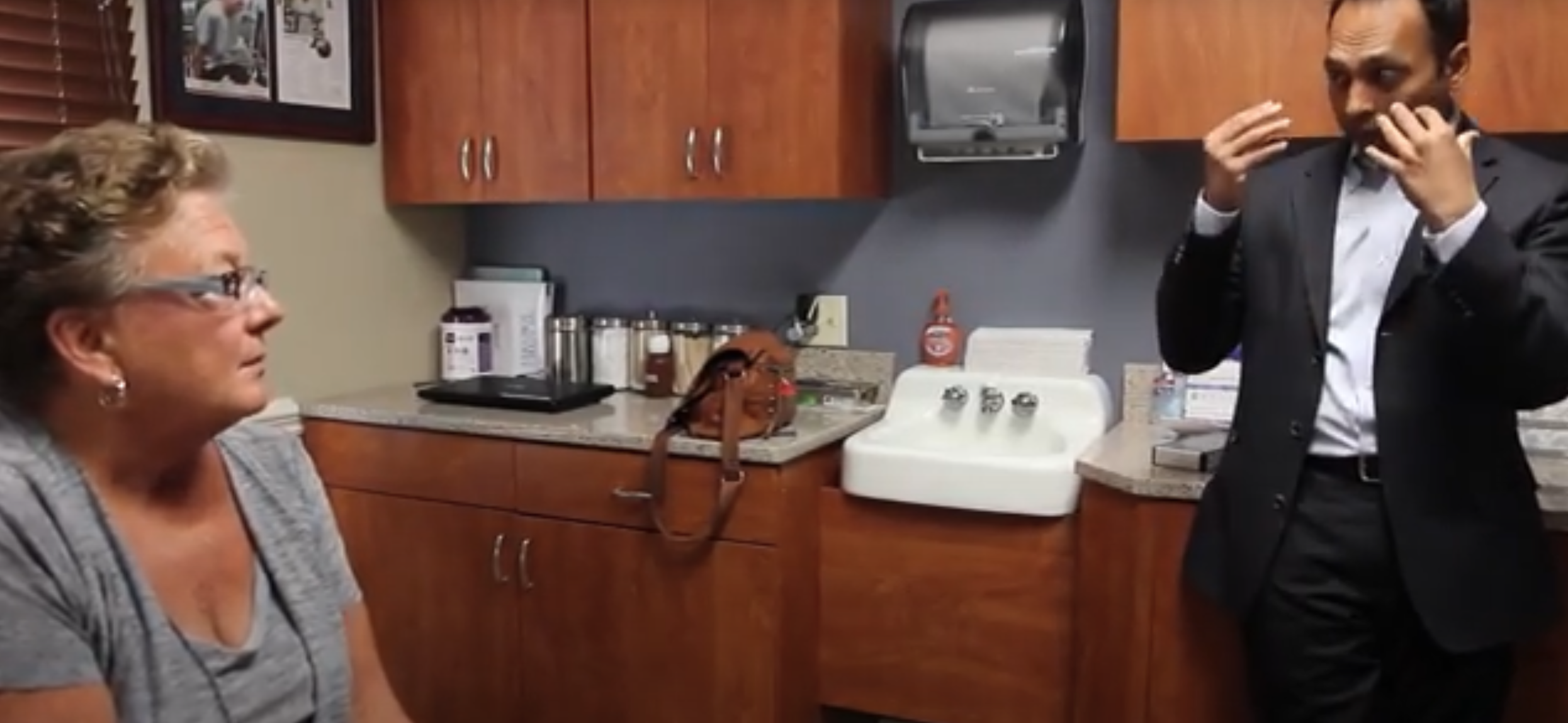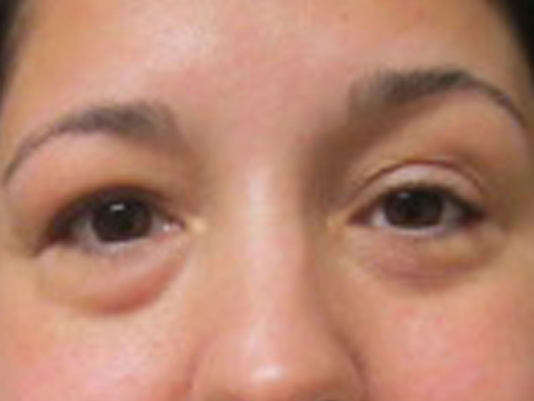Graves’ Eye Disease: What You Need to Know
January is National Thyroid Awareness Month, a month that aims to raise awareness for thyroid diseases and disorders. More than 12 percent of Americans will develop a thyroid condition at some point in their life.
What is the thyroid?
The thyroid is a small gland located at the base of the neck. Although relatively small, the thyroid plays a huge role in the body, influencing the function of many important organs, including the heart, brain, liver, kidneys, and skin.
What is Graves’ Disease?
Graves’ disease is a condition that can cause the thyroid to become overactive (hyperthyroidism). Graves’ disease is caused by a malfunction in the immune system. Graves’ disease more commonly occurs in women than men, and typically affects people between the ages of 30-50.
What is Graves’ Ophthalmopathy?
Graves’ Ophthalmopathy, also known as Graves’ eye disease, is a condition that affects the orbit around the eye, characterized by upper eyelid retraction, lid lag, swelling, redness, conjunctivitis, and bulging eyes. Ophthalmopathy occurs in as many as 50% of Graves’ disease patients. During its early, active stage, Graves’ ophthalmopathy can be treated with non-surgical therapies, such as corticosteroids. Patients who do not respond to steroids or other conservative measures may benefit from surgical intervention. Dr. Tushar Patel at the Institute for Advanced Reconstruction offers a unique surgical treatment for Graves’ Ophthalmopathy called orbital decompression surgery.
How is Graves’ Ophthalmopathy treated?
Dr. Patel is an expert in transpalpebral orbital decompression, a technique first described by Dr. Neven Olivari of Germany in 1988. Orbital decompression surgery involves removing excess fat from the orbital cavity, as well as expanding the orbital wall to alleviate pressure and congestion in and around the eyes. This procedure can improve orbital congestion, pain, eye bulging, and eyelid disfigurement. In extreme cases, optic nerve damage, corneal breach, and eye dislocation are prevented. With Dr. Patel’s expertise, surgery may involve fat removal alone or include the removal of bone to expand the orbital vault. Surgery often involves a combination of these techniques, depending on the severity of the situation and the stage of the disease. Typically, surgery is performed on one eye at a time, with two weeks to a month of recovery in between. Often, the surgery can be performed in an outpatient setting. Patients may experience swelling and bruising, but the majority is gone within a week. Post-operative pain is mild. The entire recovery takes about four weeks.
Here at the Institute for Advanced Reconstruction, Dr. Tushar Patel aims to help his graves’ ophthalmopathy patients regain normalness and achieve a better quality of life.
To learn more about Graves’ Ophthalmopathy or orbital decompression surgery, please visit Advancedreconstruction.com or call our office at 1.855.580.6060.
Resources:


